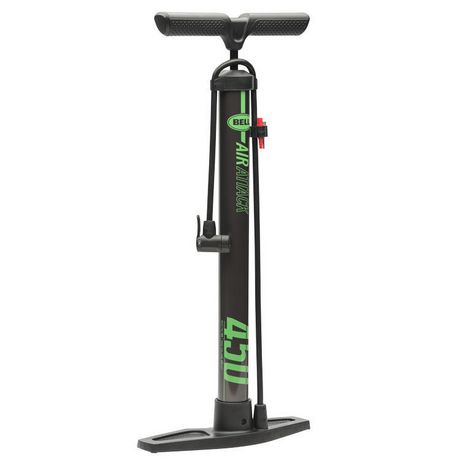
The range of the Mitchell was about 1,300 miles, so the bombers had to be modified to hold nearly twice the normal fuel reserves. The aircraft to be used would need a cruising range of 2,400 nautical miles (4,400 km) with a 2,000-pound (910 kg) bomb load, so Doolittle selected the B-25B Mitchell to carry out the mission. Doolittle, a famous military test pilot, civilian aviator, and aeronautical engineer before the war, was assigned to Army Air Forces Headquarters to plan the raid. King on 10 January 1942 that he thought that twin-engined Army bombers could be launched from an aircraft carrier, after observing several at Naval Station Norfolk Chambers Field in Norfolk, where the runway was painted with the outline of a carrier deck for landing practice. Low, Assistant Chief of Staff for antisubmarine warfare. The concept for the attack came from Navy Captain Francis S. 1 in front of B-25#40-2344 on the deck of Hornet, 18 April 1942. However, within a year, the crew was secretly allowed to leave the Soviet Union, under the guise of an escape – they returned to the United States, or to US units elsewhere, by way of Allied-occupied Iran and North Africa.ĭoolittle initially believed that the loss of his aircraft would lead to his court-martial – instead he received the Medal of Honor and was promoted two ranks to brigadier general.Ĭrew No. All but one of the B-25s were destroyed in crashes, while the 16th landed at Vladivostok, in the Soviet Union.īecause the Soviet Union was not officially at war with Japan, it was required, under international law, to intern the crew during the war, and their B-25 was confiscated. Eight US aviators were captured by Japanese forces in Eastern China and three of these were later executed. Of the 16 USAAF crews involved, 14 complete crews of five returned to the United States or to US forces elsewhere – one crew was killed in action.

The consequences of the Doolittle Raid were most severely felt in China, where Japanese reprisals caused the deaths of 250,000 civilians and 70,000 soldiers. The raid also pushed forward Admiral Isoroku Yamamoto's plans to attack Midway Island in the Central Pacific – an attack that turned into a decisive defeat of the Imperial Japanese Navy (IJN) by the US Navy in the Battle of Midway. In Japan, it raised fear and doubt about the ability of military leaders to defend the home islands, but the bombing and strafing of civilians steeled Japanese resolve to gain retribution – this was exploited for propaganda purposes. Damage to Japanese military and industrial targets was slight, but the raid had major psychological effects. On the ground the raid killed about 50 people and injured 400.

After bombing the military and industrial targets, the crews were to continue westward to land in China. Under the final plan, 16 B-25B Mitchell medium bombers, each with a crew of five, were launched from the US Navy aircraft carrier USS Hornet, in the Pacific Ocean, off Japan. The raid was planned by, led by, and named after Lieutenant Colonel James Doolittle (later a Lieutenant General in the US Army Air Forces and the US Air Force Reserve). It served as retaliation for the 7 December 1941 attack on Pearl Harbor, and provided an important boost to American morale. Although the raid caused comparatively minor damage, it demonstrated that the Japanese mainland was vulnerable to American air attacks. It was the first air operation to strike the Japanese archipelago. The Doolittle Raid, also known as the Tokyo Raid, was an air raid on 18 April 1942 by the United States on the Japanese capital Tokyo and other places on Honshu during World War II.


 0 kommentar(er)
0 kommentar(er)
